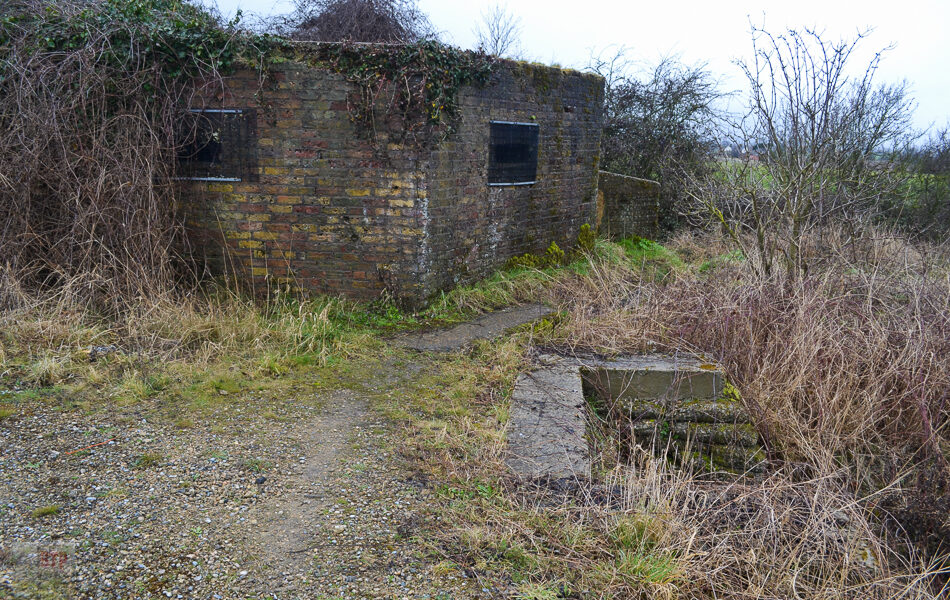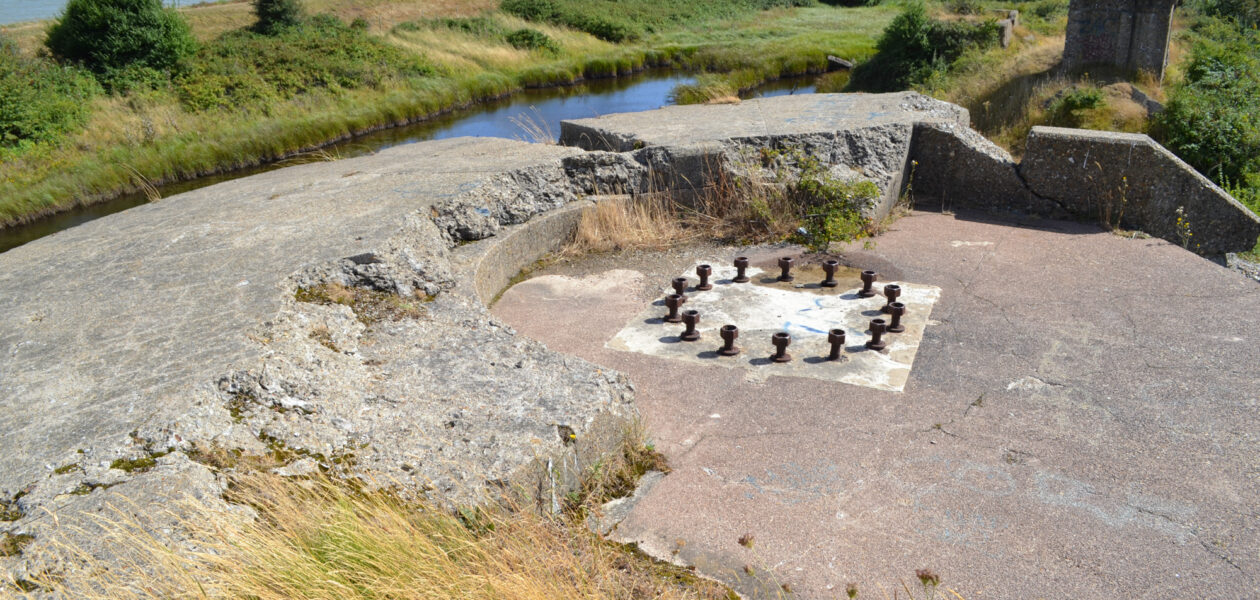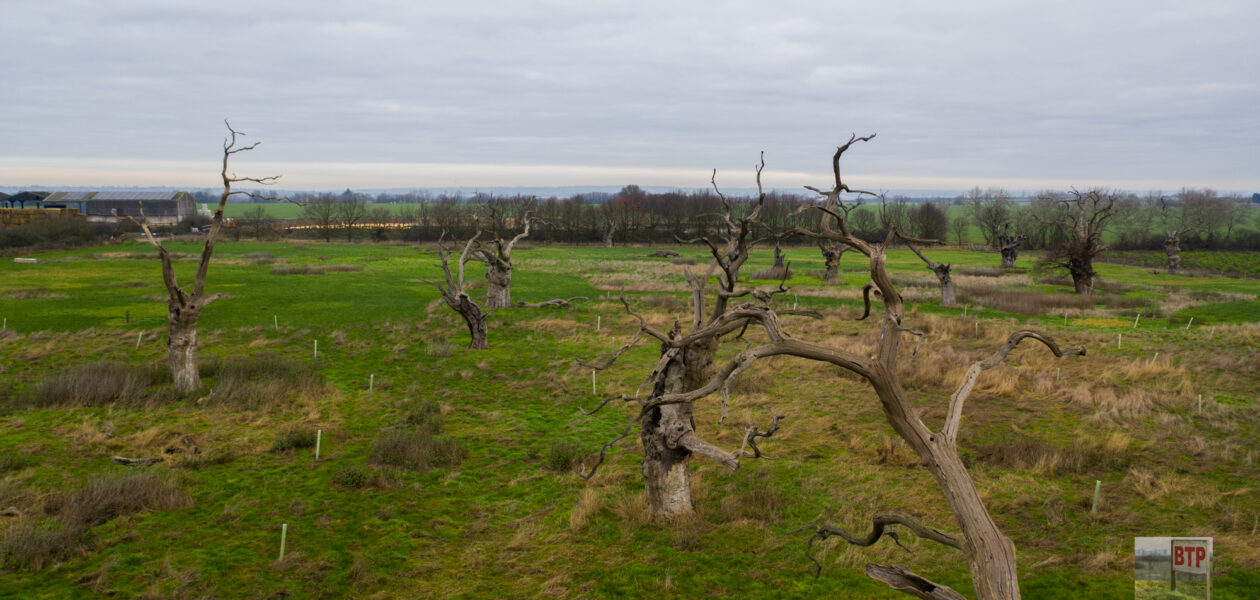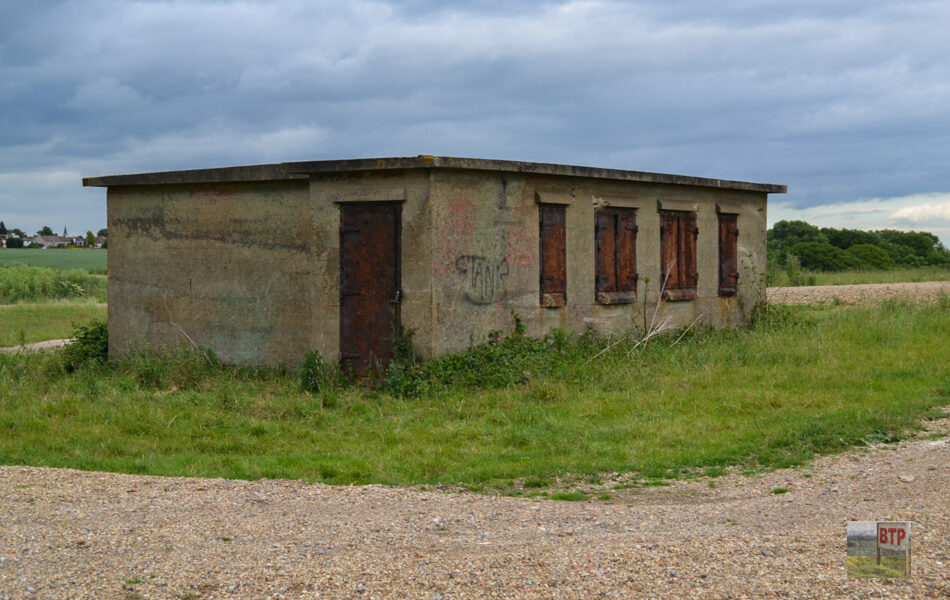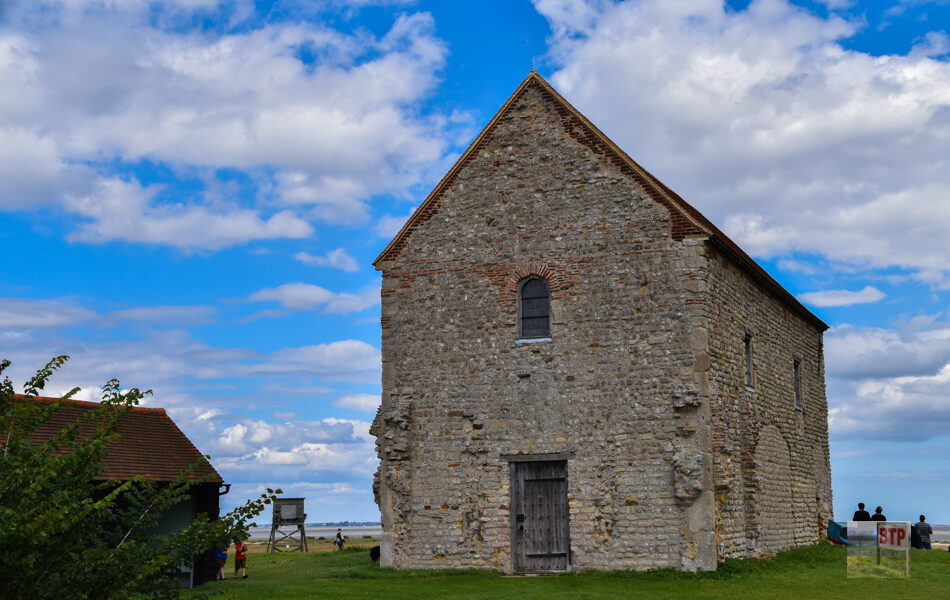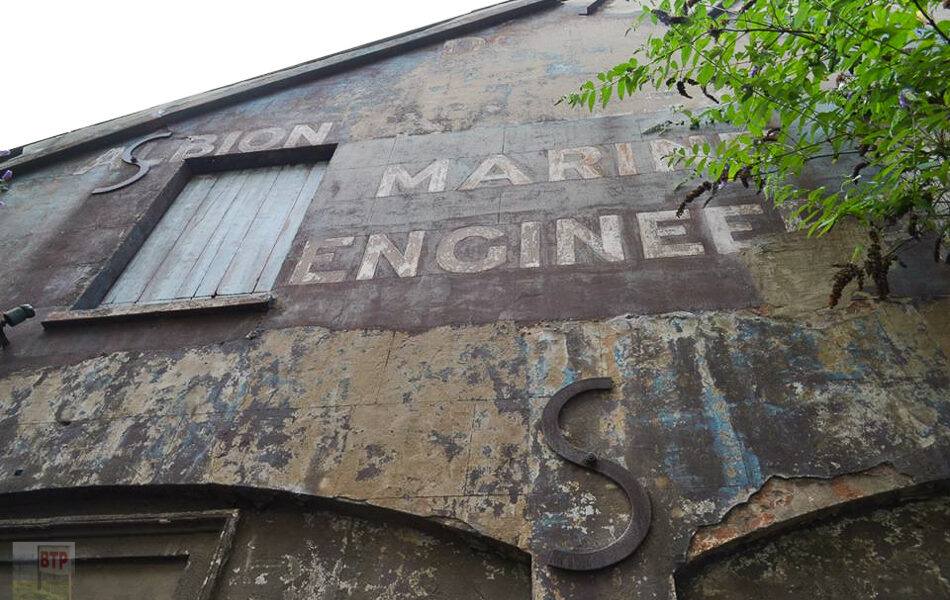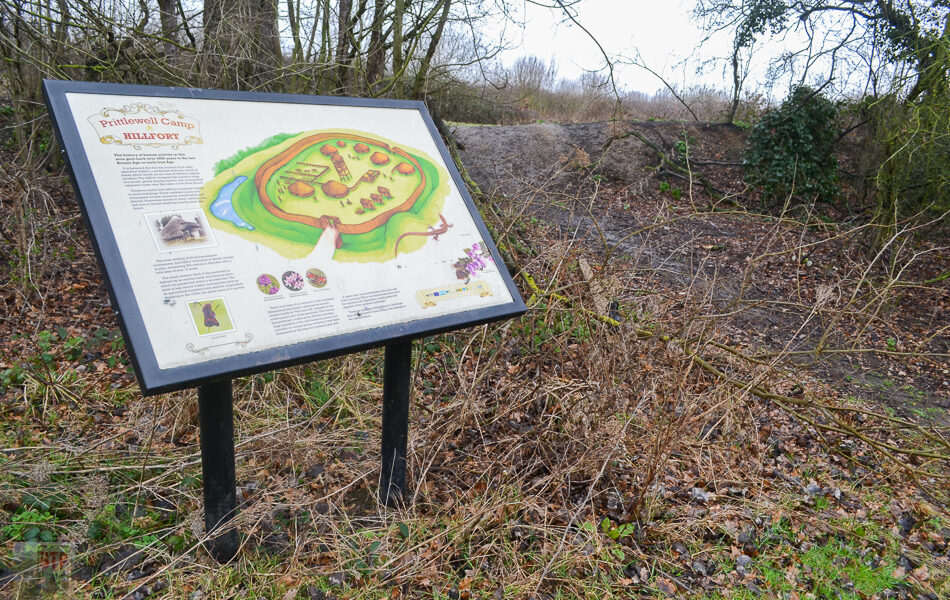Canvey Concrete Barge
Ferro-Concrete barges were used to keep artificial ‘Mulberry Harbours’ afloat used by the allies in D-Day as checkpoints in the English Channel. One was thought to have drifted off of the broken Mulberry harbour that lies out in the Thames opposite Shoebury/Southend. Using our Time Tool below, you can see then and now photos of…
View More

